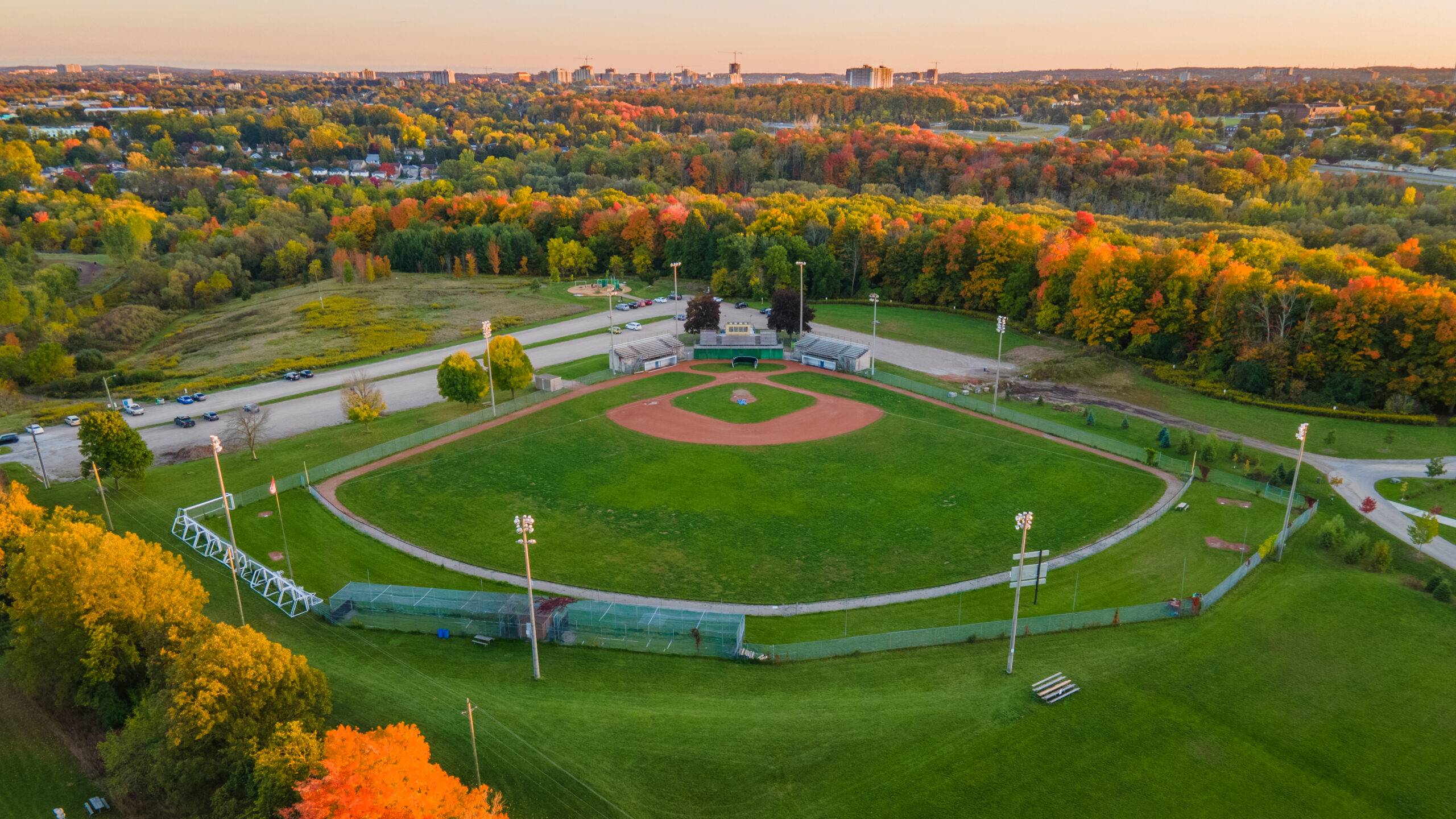Understand Your Drone’s Camera Settings
Drone photography provides a captivating perspective that can transform ordinary scenes into extraordinary visuals. To help you master this art, here are ten detailed techniques for capturing stunning aerial photos:

Camera Resolution and Format: Ensure your drone’s camera is set to the highest resolution available. High-resolution images allow for greater detail and the ability to crop without losing quality. Opt for RAW format if available; this provides unprocessed images with more data, allowing for more flexibility during post-processing.
ISO, Shutter Speed, and Aperture: Familiarize yourself with how these settings impact your photos. A lower ISO reduces noise but requires more light, while a higher ISO can capture more detail in low-light conditions at the expense of potential noise. Adjust the shutter speed to control motion blur; a faster shutter speed is ideal for moving subjects, while a slower one can create a sense of motion. Aperture affects depth of field, so choose a higher f-stop (e.g., f/8) for more depth of field or a lower f-stop (e.g., f/2.8) for a shallow depth of field and subject isolation.
Master the Art of Composition

Rule of Thirds: Imagine dividing your image with two vertical and two horizontal lines, creating a grid of nine squares. Position key elements of your photo along these lines or at their intersections to create balance and interest.
Leading Lines: Use natural or man-made lines to guide the viewer’s eye through the photo. Roads, rivers, and fences can lead towards your focal point, adding depth and directing attention to the most important part of the image.
Symmetry and Patterns: Symmetrical compositions can be visually striking, while patterns add texture and intrigue. Look for geometric patterns or repeating elements that can enhance the visual appeal of your shots.
Utilize Proper Lighting

Golden Hours: The golden hour, which occurs shortly after sunrise and before sunset, offers soft, diffused light that enhances colors and textures. The low angle of the sun creates long shadows and a warm glow, providing a more dynamic and aesthetically pleasing image.
Avoid Harsh Midday Light: During midday, the sun is directly overhead, causing strong shadows and high contrast. This lighting can result in overexposed highlights and underexposed shadows. If you must shoot during this time, consider using filters to reduce glare and balance the exposure.
Cloud Coverage: Light diffusion through clouds can soften shadows and create a more even lighting effect. Overcast days can be ideal for capturing detail without harsh contrasts.
Experiment with Different Angles and Heights

Varied Perspectives: Experiment with different altitudes to explore how they change the perspective of your shot. Lower altitudes can capture intricate details of landscapes or structures, while higher altitudes offer broader, more expansive views.
Angles and Tilt: Adjust the angle of your drone to capture different aspects of your subject. Tilting the camera downward can emphasize patterns and textures, while a more level shot can provide a straightforward, top-down view. Experiment with angles to find the most compelling composition.
Incorporate Leading Lines

Natural and Man-Made Lines: Look for lines in the landscape, such as roads, rivers, or agricultural rows, that can guide the viewer’s eye. These lines create a sense of depth and lead the viewer’s gaze toward the focal point of your image.
Diagonal and Curved Lines: Diagonal lines can add dynamism and energy to your photo, while curved lines can create a sense of movement and flow. Utilize these lines to enhance the composition and draw attention to key elements.

Use Manual Mode for Greater Control

Exposure Control: Manual mode allows you to fine-tune exposure settings. Adjust the shutter speed, aperture, and ISO to achieve the desired exposure and avoid overexposure or underexposure. Use a histogram to ensure that your exposure is balanced across the image.
Focus and Depth of Field: Manually control the focus to ensure that your subject is sharp and well-defined. Adjust the aperture to control the depth of field, allowing you to isolate your subject or keep the entire scene in focus.
Keep the Horizon Level

Leveling Tools: Most drones come equipped with horizon leveling tools or grid lines that help you maintain a straight horizon. Use these tools to avoid a tilted horizon, which can be distracting and reduce the professionalism of your photos.
Post-Processing: If your horizon isn’t perfectly level, you can adjust it during post-processing. However, it’s best to get it right in-camera to minimize the need for cropping and maintain image quality.
Capture Unique Patterns and Textures

Patterns and Textures: Aerial views often reveal patterns and textures not visible from the ground. Look for interesting shapes, such as fields, bodies of water, or urban layouts, that create visual interest.
Seasonal Variation: Different seasons offer unique textures and colors. Capture landscapes in different seasons to showcase the changing patterns and textures of nature.
Shoot in RAW for Post-Processing Flexibility

Editing Potential: RAW files contain more data than JPEGs, allowing for more extensive adjustments in post-processing. You can correct exposure, adjust colors, and enhance details with greater precision, resulting in a higher-quality final image.
Software Options: Use photo editing software such as Adobe Lightroom or Photoshop to process RAW files. These programs offer powerful tools for adjusting exposure, color balance, sharpness, and more.
Stay Aware of Weather Conditions

Weather Impacts: Weather conditions significantly impact the quality of your photos. Clear skies and calm winds are ideal for stable flights and sharp images. Be cautious of strong winds, rain, or fog, as these conditions can affect drone stability and image clarity.
Planning and Monitoring: Check the weather forecast before your flight and monitor real-time conditions. Use weather apps or websites to stay informed about potential changes that could impact your shoot.
Dream Big
By applying these detailed techniques, you can significantly enhance your drone photography skills and capture stunning aerial photos. Practice these tips, experiment with different settings and compositions, and continuously refine your approach. With dedication and creativity, you’ll produce captivating images that truly showcase the beauty of the world from above.





